The American job market witnessed a surprise shift in July, especially for Asian Americans, whose unemployment rates significantly dropped. In a month where the overall unemployment landscape appeared more unstable, the decline in jobless rates among Asian Americans stood out.

Even though broad economic trends are frequently the subject of national discourse, it’s important to examine the specific ways in which various communities are affected. Let’s explore what this decline in the unemployment rate implies, why it is occurring, and what the numbers really say.
What Is the Unemployment Rate for Asian Americans?
The unemployment rate for Asian Americans declined from 4.1% in June to 3.7% in July. This was in contrast to the overall unemployment rate, which increased from 4.1% in June to 4.3% in July. Compared to the national unemployment rate, this number is noticeably lower.
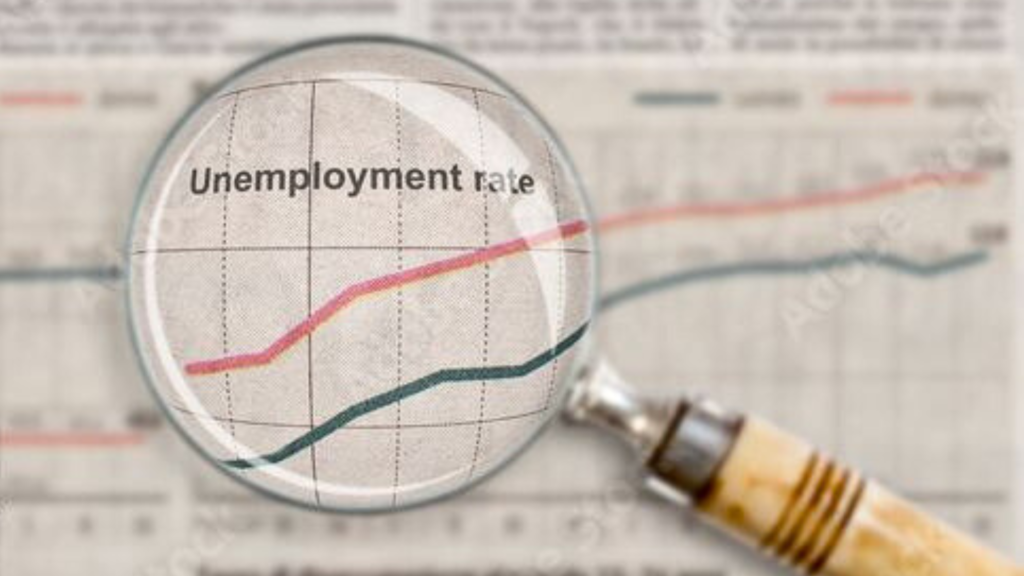
The improvement is primarily due to the good performance of sectors where many Asian Americans work, such as technology, healthcare, and finance. Furthermore, this demographic’s high levels of education and ability have helped them maintain their competitiveness in the labor market even during economic downturns.
What Percentage Did the Jobless Rate Drop To?
The rate of joblessness for white Americans increased to 3.8% in July from 3.5% in June, while the rate for Hispanic Americans increased to 5.3% from 4.9%. Black laborers continued to have a 6.3% unemployment rate. The unemployment rate for Black women fell to 5.5%, but it rose to 6.6% for Black men.
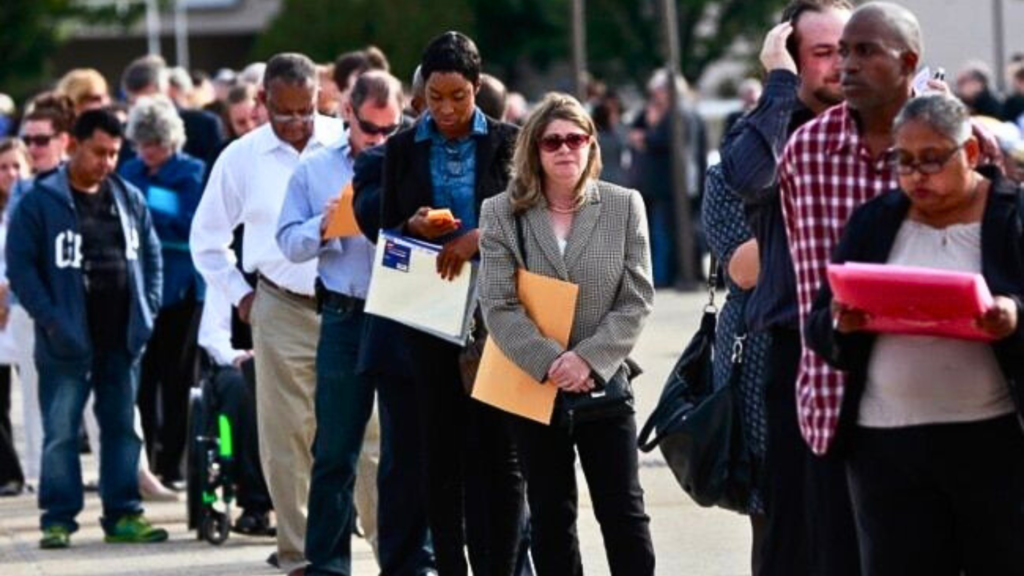
Improvements were seen at 3.5% and 3.4% for white men and women, respectively. Hispanic women’s unemployment rate increased to 5.4%, while Hispanic men’s rate increased to 4.4%. No information was available on Asian workers’ unemployment rates by gender.
Volatility in Unemployment Data and the Resilience of Prime-Age Workers
Senior economist Elise Gould of the Economic Policy Institute, however, emphasized that there is a lot of volatility in these data, particularly for the smaller population groups, and advised against projecting the patterns.

Gould actually emphasized that although the unemployment rate increased in July overall, the labor market remained robust for workers in the prime-age employment group, which is defined as those between the ages of 25 and 54. According to the economist, in July, this age group’s employment rate stood at 80.9%. Gould said that the female employees in this group are still recovering.
What Is the Cause of Joblessness?
It is important to examine factors like economic conditions, education, industry trends, and systematic discrimination in order to understand joblessness. Asian Americans experienced higher unemployment during the pandemic, especially in vulnerable industries like small businesses, hospitality, and retail. They are often hired in resilient sectors like technology, healthcare, and education.

The resurgence of these industries and the adaptation of Asian American workers may be connected to the July decline in unemployment rates. Their excellent educational backgrounds probably made it easier for them to secure jobs, which contributed to reduced unemployment overall.
Labor Force Participation Rates Show Modest Shifts in July
The overall labor force participation rate climbed marginally from 62.6% in June to 62.7% in July. The percentage went from 62.7% to 62.3% for white workers and from 62.7% to 63.2% for African Americans.
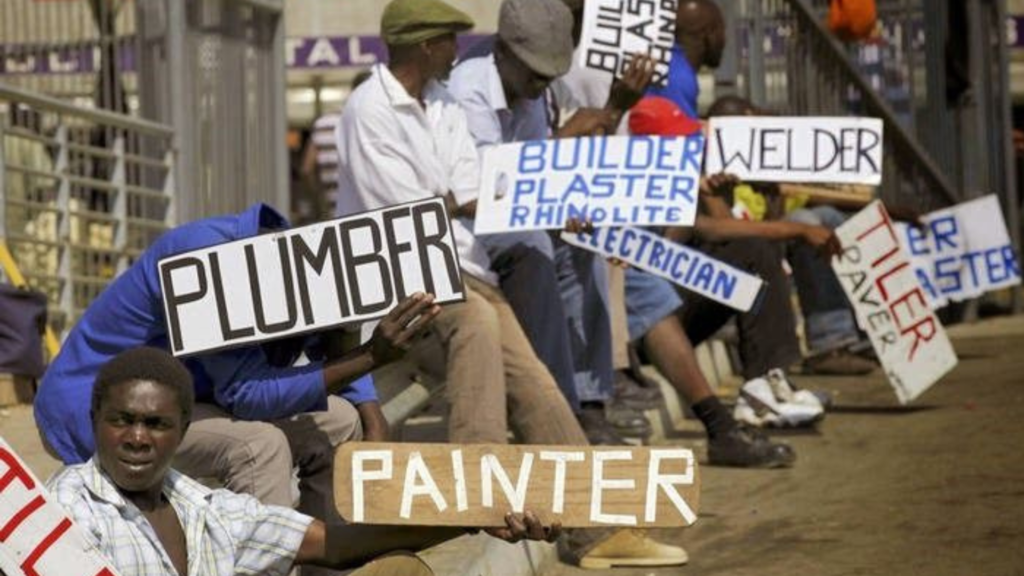
The rate fell to 67.3% from 67.5% the previous month, indicating a slight dip in participation among Hispanic workers. The percentage of Asian workers who participated also dropped marginally, from 65.9% in June to 65.7%.
Global Unemployment Declines Amid Persistent Inequalities
According to its World Employment and Social Outlook: May 2024 Update, the International Labour Organization (ILO) predicts that global unemployment will slightly decline to 4.9% in 2024 from 5.0% in 2023. This is an improvement over the previous prediction of 5.2%.

Nonetheless, inequalities still exist in the labor market, especially for women in countries with low incomes. Additionally, the analysis projects that the declining trend in the worldwide unemployment rate will flatten out by 2025 when it is expected to level at 4.9%.
Persistent Jobs Gap Highlights Ongoing Employment Challenges
According to an ILO estimation, there will be a significant “job gap” of 402 million people globally in 2024, including 183 million jobless people. There are still significant employment concerns even though worldwide unemployment is expected to decline.

Gilbert F. Houngbo, the director-general of the ILO, stressed the importance of inclusive policies in addressing these problems, especially for women. He emphasized that inclusion and social justice must be prioritized in the formulation of public policy to promote strong, inclusive development and a durable and equitable recovery.
Gender Disparities in Employment as Highlighted by the ILO Report
The ILO research shows glaring differences between the employment rates of men and women, especially in low-income nations. In these areas, the gender pay difference is 22.8% for women and 15.3% for men. The disparity is close to 7.3% for men and 9.7% for women in high-income nations.

Globally, 69.2% of males and 45.6% of women of working age are employed; these disparities are largely attributable to family duties. According to the analysis, these differences are only the start of larger discrepancies in the job market.
ALSO READ: U.S. Economy Adds Over 200,000 Jobs in June To Reduce Unemployment Rate Currently at 4.1%
Gender Pay Gaps and Persisting Informal Employment Challenges
According to the ILO report, there are notable differences in gender pay: in low-income nations, women get only 44 cents for every dollar earned by men, while in high-income countries, the difference is 73 cents. The 2030 Agenda for Sustainable Development was adopted, but the fight against poverty and informal employment has stalled.

Between 2005 and 2024, there will be 2.0 billion informal workers worldwide, up from 1.7 billion in 2005. This calls for a comprehensive approach to addressing poverty and inequality to fulfill the Sustainable Development Goals.
The Complex Dynamics of Inflation and Unemployment
Historically, there has been an inverse relationship between unemployment and inflation, which means that higher unemployment typically results in lower inflation and vice versa. However, this relationship has been volatile over the previous 50 years.
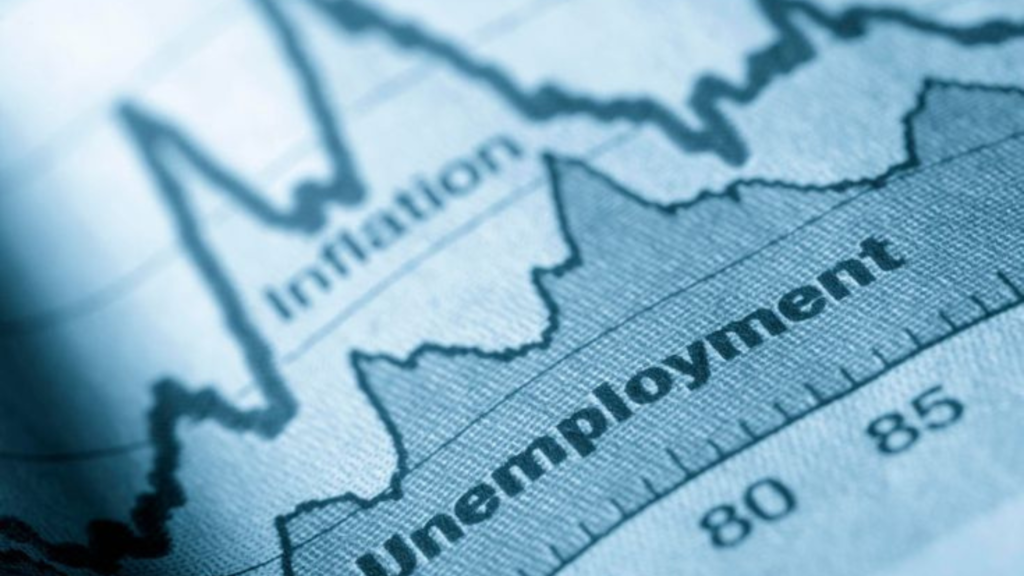
Because of the complex way they influence one another, understanding their interaction and how it affects the economy is as important as major economic indicators. This analysis will look at how these variables work together to influence the state of the economy as a whole.
The Influence of Unemployment on Wage Inflation
Due to the excess of job seekers brought about by high unemployment, firms do not need to raise wages in order to recruit workers, which means that wages stagnate or barely increase.
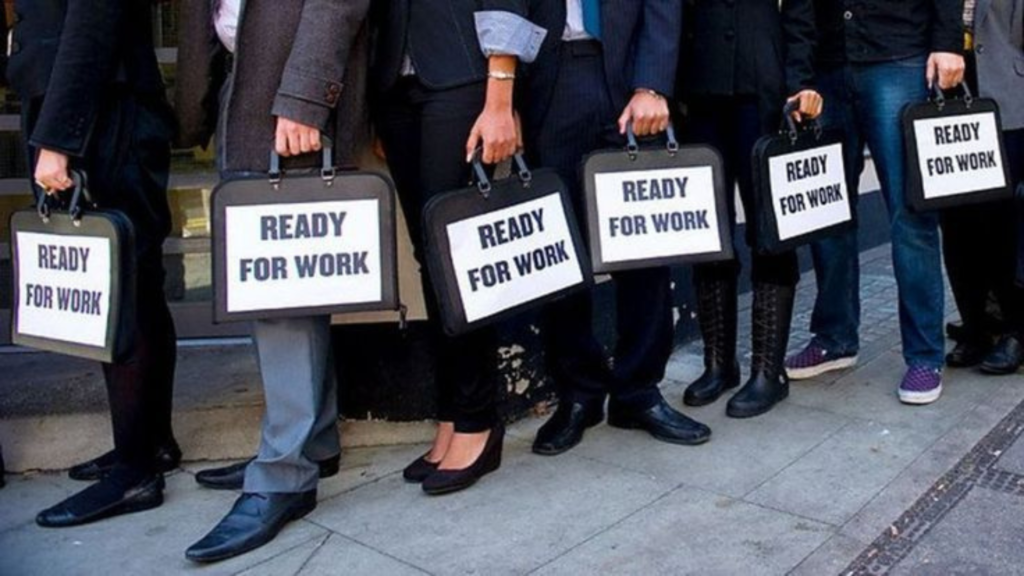
Conversely, low unemployment rates leads to a tight labor market where employers must offer higher wages to attract workers, which in turn causes wage inflation.
You Might Also Like:
7 Things You Should Avoid Purchasing at a Convenience Store
Where Are China’s Ultra-Rich Investing Their Wealth Amid a Stagnant Economy?
Airbus and Boeing Face Supply Chain Concerns as Orders Dwindle at this Year’s Largest Air Show
Family Offices Offer Equity and Profit Shares to Top Staff to Attract Top Talent
Washington, D.C., Attorney General Files Lawsuit Against StubHub Over Alleged Deceptive Pricing

